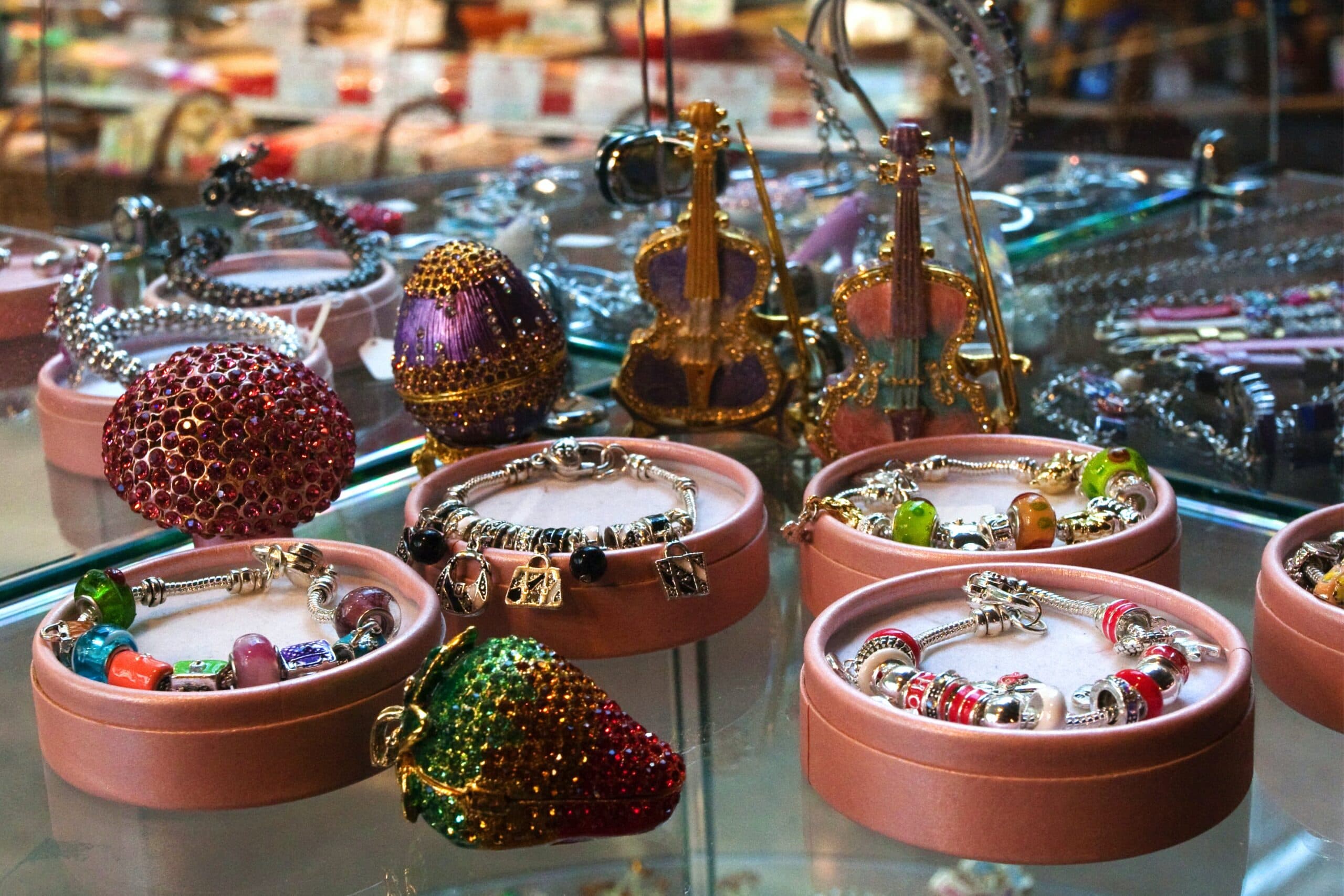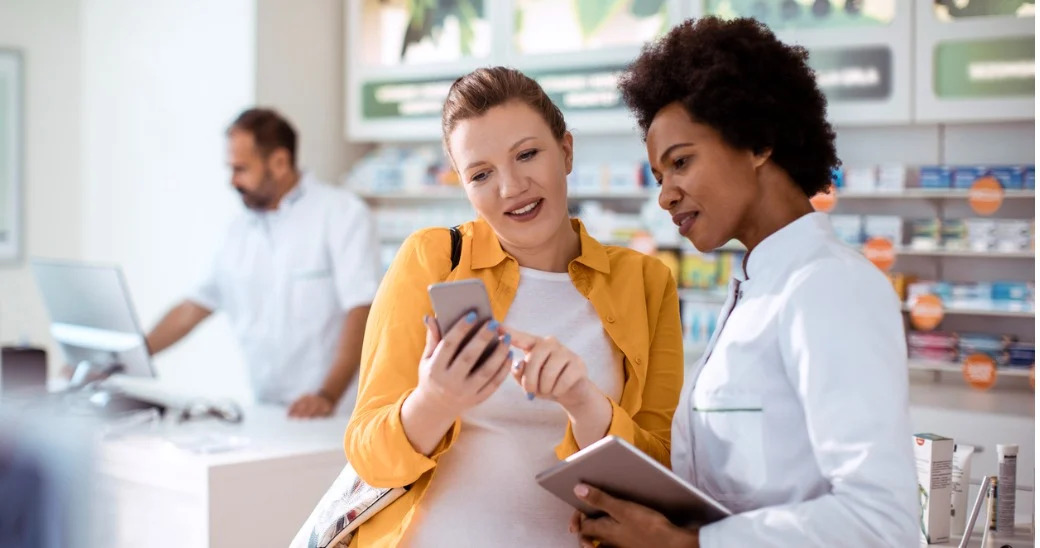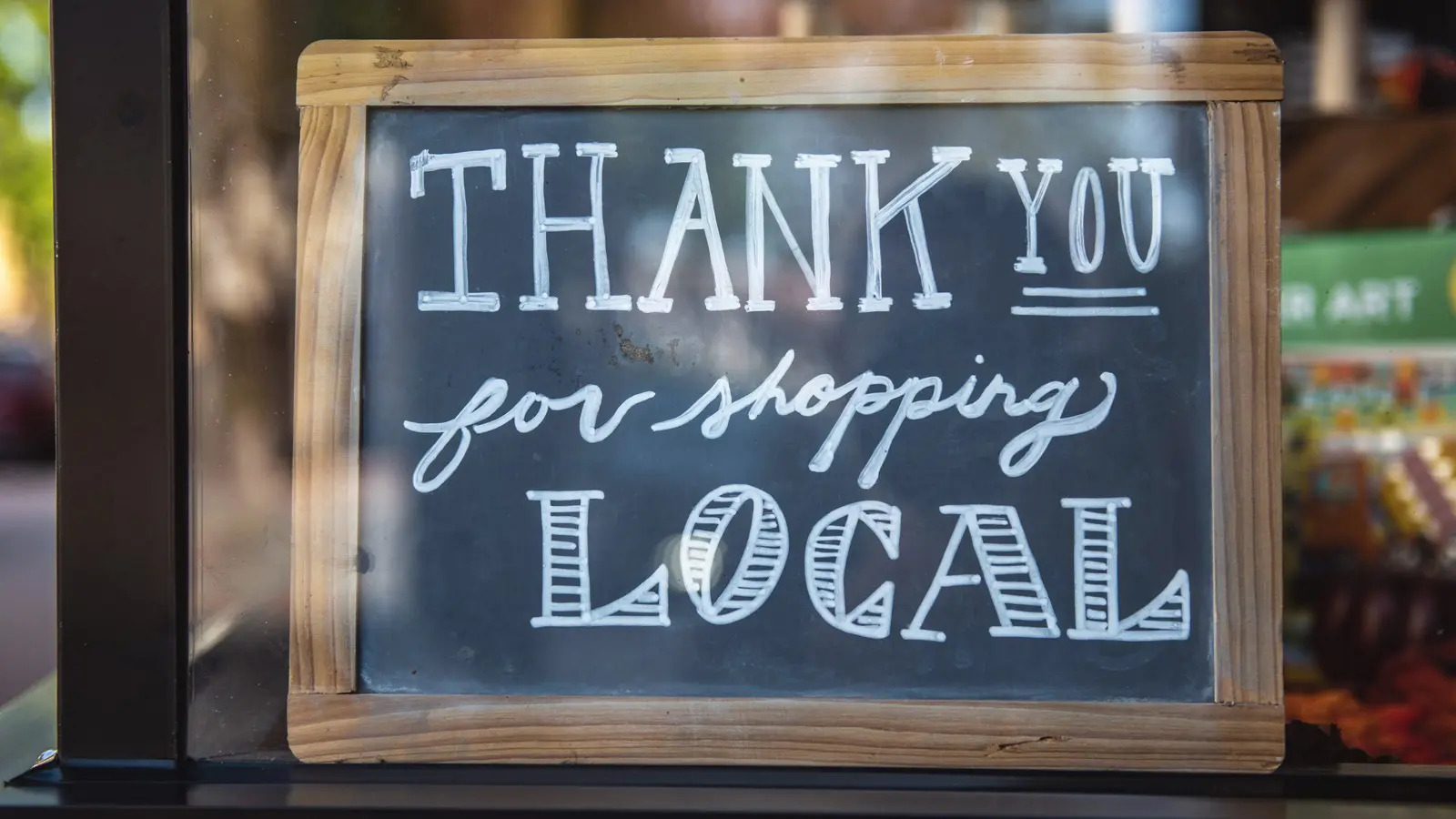Retail Industry Knowledge Base
10 Proven Ways to Drive Foot Traffic to Retail Stores
Eric Walker
November 02, 2023
Retail Stores face the challenge of attracting customers through their doors in today’s digital era. However, with the right strategies, retail stores can boost their foot traffic and increase sales significantly. This blog post will detail ten proven strategies that retail stores can use to drive more foot traffic.
1. Optimize Retail Store Layout
Retail stores are constantly seeking innovative ways to optimize their store layout for enhanced customer experience and increased sales. The layout of your store plays a crucial role in attracting and retaining customers. Ensure that your store is well organized with clear signage and easy navigation.
When customers enter a retail store, their attention is immediately drawn to the store layout. It’s the first point of interaction they have with the merchandise, and it significantly influences their perception of the store. Therefore, an organized and well-thought-out layout can captivate customers, encourage them to explore further, and increase their likelihood of making a purchase.
Optimizing a retail store layout involves strategic placement of products, thoughtful design of aisles, and consideration of customer behavior. For instance, placing high-demand or promotional items at the front can draw customers into the store. Similarly, positioning related items close together can encourage additional purchases.
The navigation of the retail store should also be intuitive. Wide, clear pathways guide customers effortlessly through the store, leading them past various product sections and potentially sparking their interest in items they hadn’t intended to buy.
Moreover, retail stores can use space effectively by employing vertical shelving for displaying products without making the area feel cramped. This not only allows more products to be shown but also creates an impression of abundance which can be enticing for customers.
To optimize a retail store layout further, retailers can employ data and analytics. By gathering data on customer behavior, such as their shopping patterns and dwell times, retailers can make informed decisions on layout changes that could enhance customer engagement and boost sales.
2. Host In-Store Events for Retail Stores
Retail stores often strive to create memorable shopping experiences for their customers. One effective way of achieving this is by hosting in-store events. These events can range from workshops, product launches, demonstrations, or even social gatherings. The primary goal of any in-store event is to generate buzz and excitement, drawing in both regular customers and newcomers alike.
In-store events serve as direct engagement platforms where retail stores can interact one-on-one with their customers. This engagement is crucial for building long-lasting relationships with customers. It also provides an opportunity for retailers to showcase their products and services in a unique and interactive way.
Hosting in-store events can significantly boost foot traffic in retail stores. Especially, when these events are strategically planned and executed. For instance, a well-organized fashion workshop can attract fashion enthusiasts, while a book signing event can draw avid readers. Thus, these events help to attract a targeted audience.
In-store events are also an excellent way for retail stores to stand out from the online shopping crowd. These events offer something that online stores cannot – a personal touch. Customers get to touch, feel, and experience products first-hand. Moreover, in-store events often create a sense of community among attendees, enhancing their overall shopping experience.
Strategically timed in-store events can also drive sales. Retail stores can host events during slow sales periods to attract customers and stimulate sales. For instance, a cooking demonstration can be organized in a kitchenware store during the off-season to boost sales.
3. Run Promotions and Sales
Retail stores have been a significant part of the marketplace for centuries, providing consumers with tangible products and personalized customer service. One crucial aspect of retail stores is their ability to run promotions and sales to attract new customers, retain existing ones, and increase overall sales.
Promotions and sales are marketing strategies used by retail stores to encourage customers to buy more products or to buy more frequently. They are often time-limited, creating a sense of urgency that spurs consumers to make purchases. These strategies can take various forms, including discounts, buy one get one free (BOGO) offers, loyalty programs, seasonal sales, and exclusive deals for members.
Discounts are the most common type of promotion in retail stores. They reduce the original price of a product, making it more accessible to a wider range of customers. Discounts can be applied to specific products, categories, or the entire store.
Buy one get one free offers, often abbreviated as BOGO, are another popular promotion strategy. They motivate customers to buy more units of a product by offering additional units for free or at a reduced price. This strategy is particularly effective in moving high-volume or slow-moving items.
Loyalty programs are designed to reward repeat customers. Retail stores offer points or rewards for each purchase, which can be redeemed for discounts or free products in the future. This strategy increases customer retention and encourages repeat purchases.
Seasonal sales correspond with holidays or seasons, such as Christmas or summer sales. These sales capitalize on consumers’ increased buying behavior during these periods.
Exclusive deals for members are reserved for customers who have signed up for a membership or subscription. These exclusive deals can include early access to sales, additional discounts, or exclusive products.
4. Leverage Local SEO
Retail Stores today face a dynamically changing landscape due to the prevalence of online shopping. However, a smart adaptation strategy can turn this perceived disadvantage into an opportunity using Local SEO.
Local SEO is a potent tool that Retail Stores can employ to reach their target audience. It focuses on adjusting the online presence of a business to appear in local searches. By leveraging Local SEO, Retail Stores can dramatically improve their visibility among potential customers who are seeking products in their locality.
One way Retail Stores can use Local SEO is by optimizing their Google My Business page. This includes providing accurate and updated store information such as address, contact details, business hours and more. Positive customer reviews also significantly boost local search rankings.
Moreover, keyword optimization is crucial in Local SEO. Retail Stores should ensure that their website content includes terms that local customers might use while searching for their products. Additionally, having the store’s location in the metadata, alt text of images, and URL can enhance their local search engine rankings.
5. Partner with Local Businesses
Fostering a partnership with local businesses can be a powerful strategy for retail stores aiming to expand their reach, enhance customer engagement, and boost revenue. Retail stores play a vital role in the local economy, and by partnering with other businesses in the community, they can create a network of mutual support and growth.
Partnering with local businesses can offer retail stores a plethora of benefits. For instance, it can lead to shared marketing efforts, where each business promotes the other, leading to increased visibility for both parties. Retail stores might also offer products from local artisans or producers, enhancing their product range while supporting local industries.
Moreover, these partnerships can lead to unique customer experiences. Imagine a retail store collaborating with a local café or bakery. The store could provide a ‘shop and sip’ or ‘shop and snack’ experience, attracting more customers and providing an enjoyable shopping environment.
Retail stores can also participate in local events, sponsored by other businesses or even host their own events featuring local businesses. This not only helps in building a strong community relationship but also attracts a wider audience.
In essence, when retail stores partner with local businesses, they promote community development and enrich their own business model. The shared resources, enhanced visibility, and increased customer engagement are strategies that can fortify their position in the market and contribute to their overall success.
6. Provide Excellent Customer Service
Excellence in customer service is paramount, particularly in the context of retail stores. This sector thrives on direct interaction with customers, making the quality of service crucial. Retail stores often represent the final point of contact between a brand and its customers, reinforcing the need to make every encounter count.
One of the hallmarks of excellent customer service is the ability to anticipate customer needs. In retail stores, this could mean keeping up-to-date with the latest trends, restocking popular items promptly, or suggesting complementary products based on a customer’s selection.
Another essential aspect is communication. Effective communication can encompass everything from providing clear and accurate product information to handling complaints with empathy and professionalism. In retail stores, this can also extend to body language and non-verbal cues, creating a welcoming and inclusive shopping environment for all.
Last but not least, an unmissable element of excellent customer service is after-sale service. Maintaining connections with customers even after their purchase not only fosters loyalty but also encourages repeat business. For retail stores, this could involve following up on purchases, addressing concerns promptly, or offering tailored recommendations for future shopping.
In essence, providing excellent customer service in retail stores is about creating an exceptional, personalized shopping experience for every customer, every time. This involves a combination of anticipation, effective communication, and comprehensive after-sale service.
7. Offer In-Store Pickup for Online Purchases
By offering in-store pickup for online purchases, you encourage customers to visit your physical store. Once they’re in the store, they’re likely to browse and make additional purchases.
8. Utilize Social Media
Social media platforms like Instagram, Facebook, and Twitter are excellent tools for promoting your store and products. Regularly post engaging content and promote in-store events or sales to attract followers to your physical store.
9. Implement Retail Stores Loyalty Program
Loyalty programs reward repeat customers and encourage them to keep coming back. Rewards can include exclusive discounts, early access to sales, or points that can be redeemed for products.
10. Use Outdoor Signage
Attractive outdoor signage can grab the attention of passersby and lure them into your store. Make sure your signage is clear, visible from a distance, and reflects your brand’s image and message.
Are you someone new to Retail?. There is abundance of opportunities available for anyone to get into Retail as Career or Business. Retail 101 Guides published in various journals give you then guidance to leap frog your career.
Final Thoughts
To sum up, driving foot traffic to retail stores requires a combination of effective strategies that focus on customer experience, promotional activities, local community engagement, and online presence. By implementing these proven strategies, retail stores can increase foot traffic, boost sales, and create a loyal customer base.
All Tags
